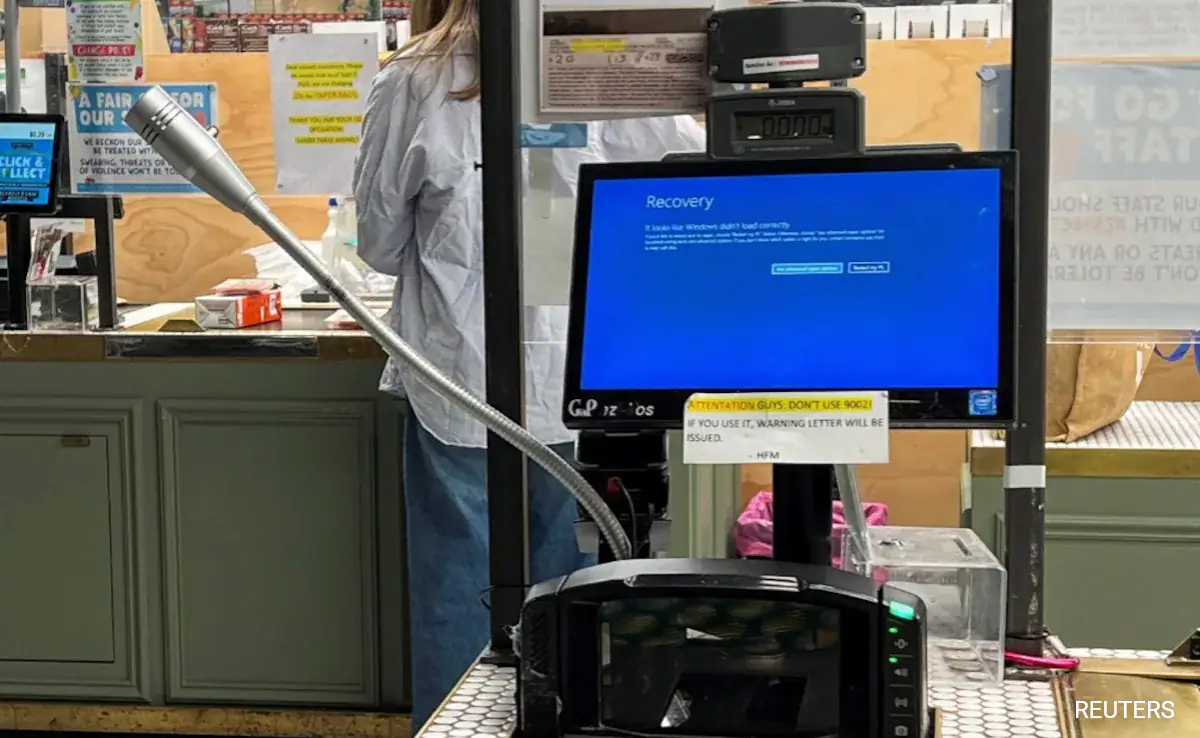A significant global tech outage on Friday, which severely affected computer systems worldwide, subsided following the identification of a Microsoft Windows software update by cybersecurity firm CrowdStrike as the cause. The incident, described by some experts as the largest in history, disrupted airlines, banks, businesses, and health services.
In Short 👇
- A malfunctioning update from CrowdStrike sparked a worldwide technology breakdown.
- According to experts, this incident is being labeled as the most extensive IT outage ever recorded.
- Although a solution has been implemented, it may still take several days to achieve complete system recovery.
A flawed software update meant to protect computer systems unexpectedly caused a worldwide technology collapse on Friday. The resulting outage, described by experts as possibly the most extensive ever, severely disrupted operations for airlines, banks, businesses, and certain healthcare providers.
CrowdStrike, a cybersecurity firm valued at $83 billion, found itself at the epicenter of the crisis. Their faulty update for Microsoft Windows systems was identified as the catalyst for the chaos. Despite implementing a solution, it may still require several days to fully restore normal operations.
Here is the information about the worldwide IT outage, paraphrased into points:
- Root Cause: A faulty update to CrowdStrike’s Falcon Sensor software for Windows systems.
- Timeline: Issues began at 1900 GMT on Thursday with BSOD errors and computer crashes.
- Resolution: CrowdStrike issued a software patch within hours. Microsoft confirmed the issue was mitigated after monitoring.
- Acknowledgement and Apology: CrowdStrike CEO George Kurtz apologized and promised a full investigation to prevent future incidents.
- Major Impact on Air Travel: Thousands of flights were grounded, manual check-ins were implemented, causing long queues and frustration.
- Flight Cancellations: Over 5,000 global flight cancellations reported, with more than 3,000 in the US alone.
- Airport Delays: Major airports, including those in Los Angeles and Singapore, experienced significant delays.
- Healthcare Disruptions: Appointment scheduling systems and patient records were affected, impacting hospitals like the UK’s NHS.
- Business Disruptions: Various sectors faced backlogs and concerns about preventing future outages from security software updates.
- Border Crossing Issues: Travelers entering the US from Canada and Mexico faced gridlock due to electronic processing issues.
- Global Reach: Similar disruptions were reported in Kenya, Ukraine, Australia, affecting supermarkets, mobile phone services, and media companies.
- Return to Normalcy: Full recovery may take several days, with airlines and other organizations working to resolve backlogs and scheduling issues.

